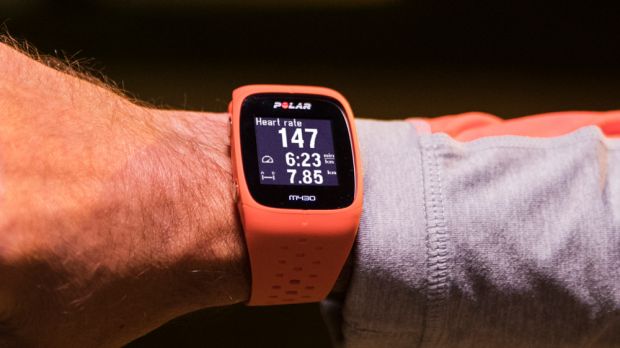Knowing how to pace is paramount to CrossFit. In a diverse setting like CrossFit, there are Athletes of all different training ages and experience levels. For some, knowing how hard to push themselves is easy. Others may push themselves too hard, too fast, resulting in a drastic loss of power output by the end of the workout.
At CrossFit Main Line, our goal is to improve our Athletes’ fitness levels by teaching them how to sustain their optimum work output. Being able to differentiate between long-term, intermediate and short-term energy system training is crucial for members to receive the desired stimulus.
For this reason, we encourage Athletes to utilize heart rate monitors during training and listen to the Coach so that we can deliver the best possible results.
So, how do we tailor our recommendations for pacing? To make things simple and understandable, we equate intensity (or pace) with the percentage of an Athlete’s maximum heart rate and how they should feel physically.
Long-Term System (Aerobic System):
- Long distance, 12+min of cyclical work. Running, biking, rowing, etc.
- “Conversational” pacing is best.
- Goal: 75-85% max heart rate. This pace will keep you out of anaerobic systems.
- The science: The ‘oxidative system’ relies on continuous use of oxygen for oxidation of glycogen or fatty acids.
Intermediate System:
- Dominant process during sprinting, less than 6min of work
- Pacing is “highly uncomfortable”, think “Fran”
- Goal: 90+ max heart rate, and able to cycle movements quickly by choosing lighter loads
- The science: “Lactic Anaerobic” or “Glycolytic System”, referring to the process of glycolysis, or the breaking down of glucose into pyruvic acid and ATP.
Short-term System:
- Max Effort Movements, less than 10s of work.
- Pacing is “uncomfortable, but repeatable”. Think 1 rep max or 10s sprints on assault bike or rower.
- Goal: 90%+ max heart rate, rest intervals up to 4min between sets are required to reach 100% output
- The science: High intensity, also known as the “Anaerobic Alactic” energy system.
- Coach Daniel

